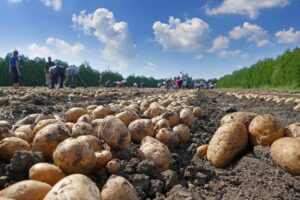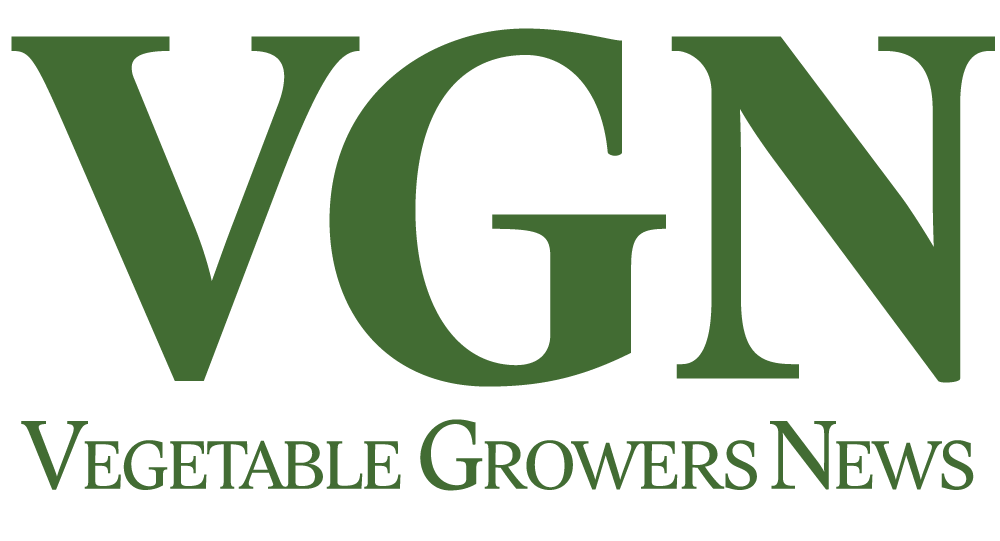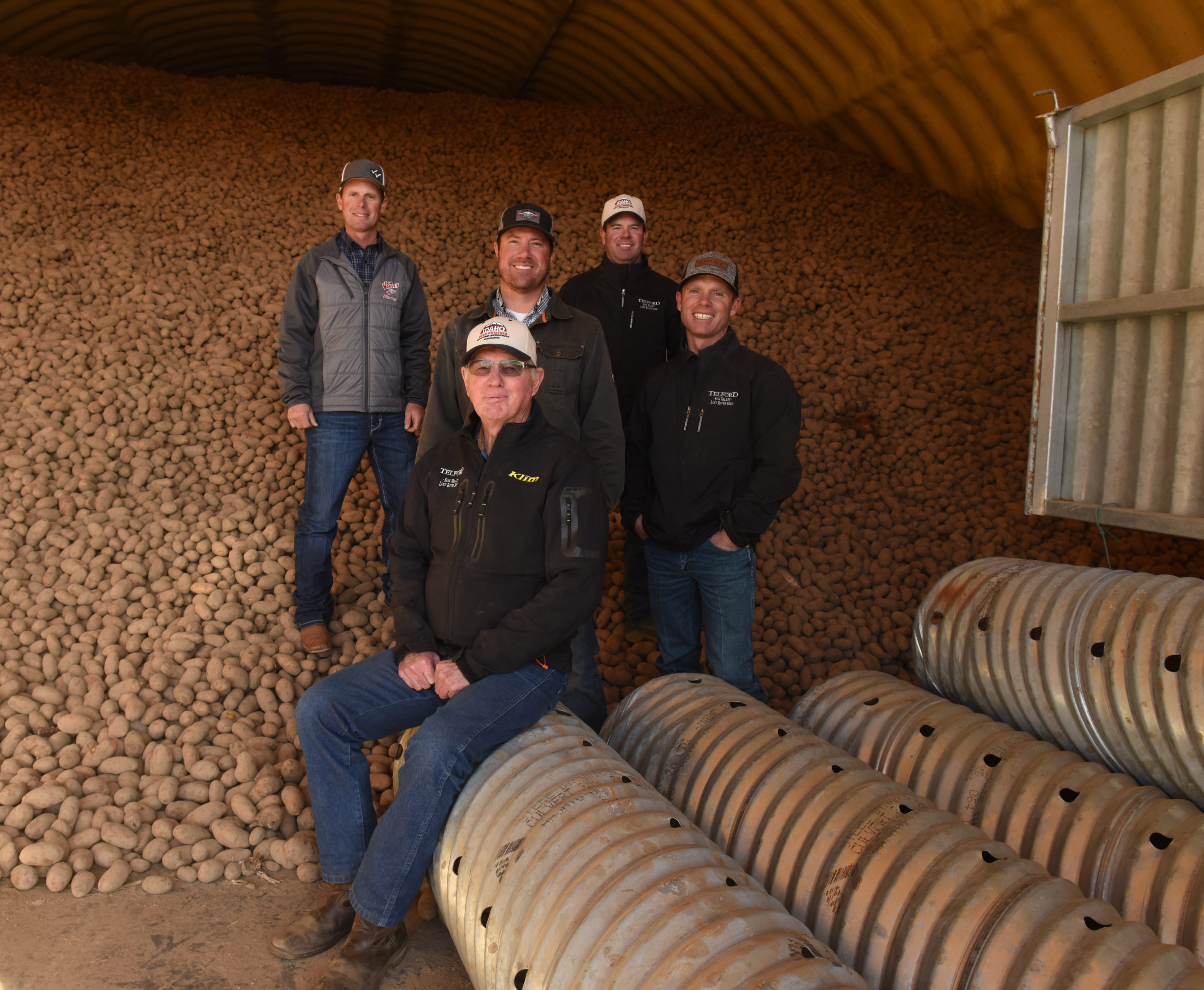Mar 5, 2025Potato industry keeps wary eye on retaliatory tariffs
Editor’s note: This story has been updated with information about delayed tariffs on Mexico and Canada.
While potatoes are not among goods named on a list of first-phase retaliatory tariffs announced March 4 by Canada, they could soon factor into a brewing trade war.
Canada’s Department of Finance announced 25% tariffs on a list of U.S. goods worth $30 billion in a rapid response to 25% tariffs levied by the Trump administration on Canadian and Mexican goods. Dominic LeBlanc, Minister of Finance and Intergovernmental Affairs, said in a statement that an additional list of $125 billion in goods is open for a 21-day comment period and will be imposed “should the U.S. continue to apply unjustified tariffs on Canada.”
Whether that happens became uncertain just two days later. On March 6, Trump said he has postponed tariffs on most goods from Mexico after a conversation with Mexican President Claudia Sheinbaum, then issued temporary exemptions for a wide range of goods from both Mexico and Canada.
The exemptions will apply to goods that are compliant with the United States-Mexico-Canada Agreement (USMCA), a White House official told reporters March 6. The pause will last until April 2, the same day Trump is poised to enact “reciprocal tariffs” on foreign nations that have import taxes on U.S. goods.
A White House official told CNBC that about 50% of Mexican imports and 38% of Canadian imports comply with the agreement, negotiated during Trump’s first term.
Potatoes appear twice on Canada’s additional list as fresh or chilled, seed and fresh or chilled, other.

“Tariffs, clearly, has been a big topic for the agricultural industry over the last few days as these announcements have come out,” National Potato Council CEO Kam Quarles told Spudman March 5. “Everybody’s just trying to understand, as a practical matter, what this all means.”
Trump also doubled the 10% tariff imposed last month on Chinese products. China responded with tariffs of up to 15% on U.S. farm products including chicken, pork, soy and beef.
Push to protect potash
The White House also said on March 6 that a lower 10% tariff would apply to energy products imported from Canada that fall outside the USMCA, as well as any potash imported from Canada and Mexico that falls outside the USMCA preference.
Potash is a key ingredient in fertilizer. Canada is the world’s leading supplier of the mineral, and the U.S. is its biggest customer, accounting for 46% of total export volume.
“Today, 85% of our potash imports come from Canada,” The Fertilizer Institute said in a March 4 statement. “Potash is an irreplaceable component of modern agricultural production, and the U.S. has historically sourced nearly all the potash used by farmers from international markets. Potash deposits are geographically specific and mine development in the U.S. is time intensive and costly.”
The institute also said that Canada supplies U.S. growers with nearly 10% of their nitrogen needs and almost 20% of sulfur consumed by U.S. farmers and others.
Cucumbers were mentioned in the first phase of Canadian tariffs, along with fruits including chilled or fresh tomatoes, fresh or dried citrus fruit, raspberries, blackberries, melons, apricots, cherries, peaches and plums.
The International Fresh Produce Association issued statements in response to the tariffs on March 4 and March 6.
“IFPA is committed to advocating for policies that support fair and thriving international trade and will continue engaging with the administration, media and industry,” the organization said March 6. “Given the essential role of fresh produce in supporting Americans’ health and nutrition, IFPA will actively seek exemptions for these products wherever the implementation process permits. Additionally, IFPA will continue providing the administration with data on tariffs’ impact on the produce supply chain to inform policy decisions.”
The IFPA statement continued: “Targeted use of tariffs can be a tool for addressing challenges or inequities between trading partners. However, the broad application of tariffs disrupts supply chains, threatens market expansion, increases costs for consumers, and places unnecessary strain on growers and producers.
“To improve the competitiveness of U.S. producers while keeping food affordable for consumers, IFPA advocates for swift and meaningful regulatory relief and reform as the most effective way to support agriculture and strengthen American food security.”
‘You can really sense the volatility’
Tariff uncertainty permeated NPC’s annual Washington Summit, which wrapped Feb. 28.

“You can really sense the volatility and chaotic nature. We’re only less than 10 days away from a government shutdown,” Quarles said. “There’s a lot of questions about how all of these pieces are going to fit together.
“It’s really hard to predict how everyone is going to react.”
Approximately 20% of the potatoes produced annually in the U.S. are exported, generating nearly $5 billion in economic activity and supporting nearly 34,000 jobs, according to a 2024 NPC report. Authored by Michigan State University economists, “The Current and Potential Impact of Expanded Potato Exports” found that current potato and potato product exports generate $4.78 billion in economic impact and could produce an additional $1 billion and support 5,600 more jobs with “moderate and achievable expansions” in foreign markets.
Mexico fully opened its borders to U.S. potatoes in May 2023. The market accounted for $111 million in exports in 2022-23 and saw a 64% increase in export volume from July 2023 to March 2024. During that nine-month period, Mexico accounted for 44% of all U.S. fresh potato export volume, highest among all countries.
“During our Washington Summit, we were pretty clear that using the threat of tariffs as leverage to get a better deal and to allow trade to flow even more freely to valuable export markets — that can be a benefit to U.S. growers,” Quarles said. “If tariffs go on on a permanent basis, and all of the retaliation that would result, the impact overall on the supply of potatoes that will likely remain in the U.S market because it won’t have export markets as a pressure relief … it’s very hard to come up with any reasonable economic analysis that would believe that’s going to end well for growers.”
— Melinda Waldrop, Managing Editor














